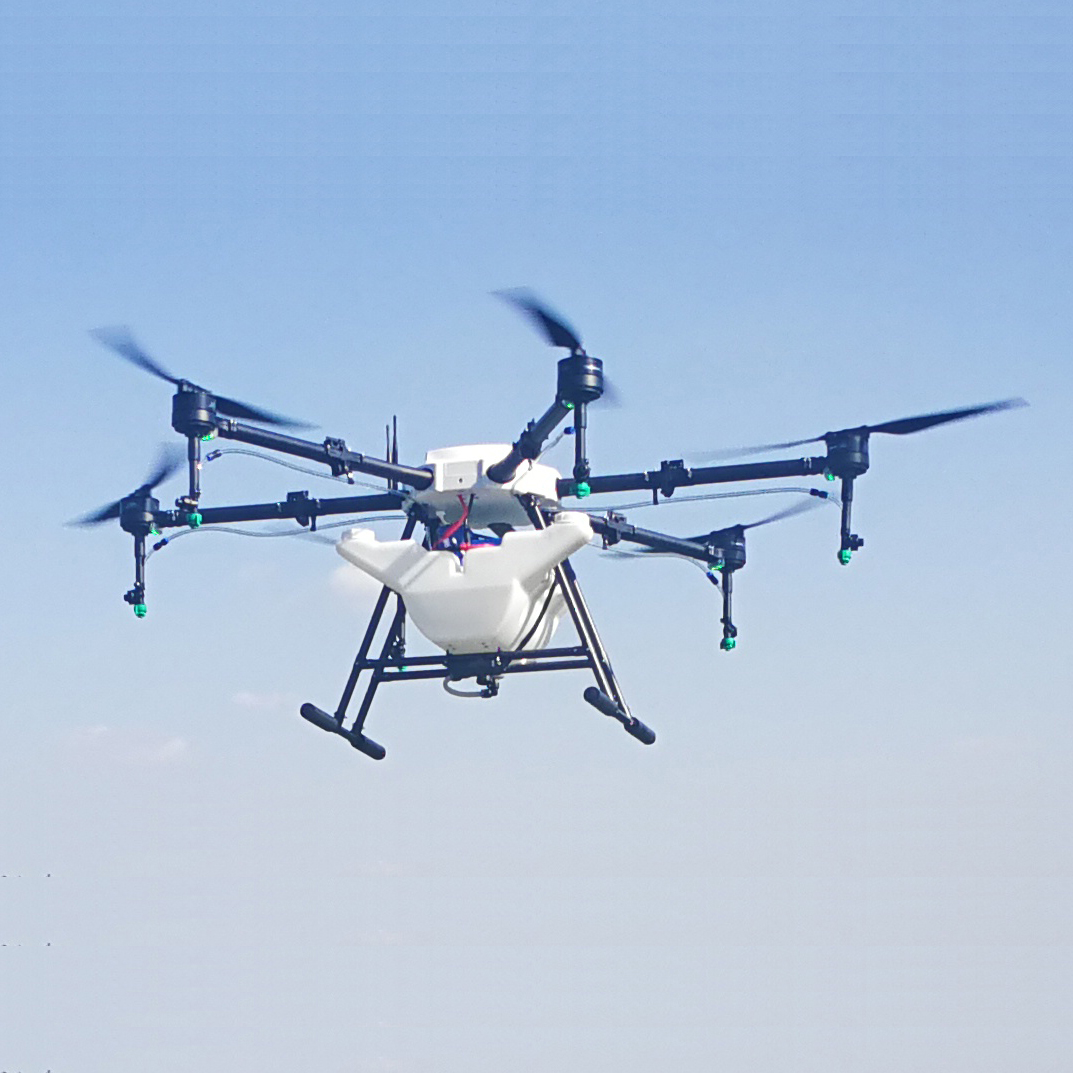How drones are being used in agriculture

Figures show the 2.8m sales of drones worldwide are still dominated by private users. But commercial uptake is the main growth area with sales predicted to soar from 174,000 drones in 2017 to 805,000 units in 2021. Within that total, estimate agriculture is currently the second largest market for drone use behind construction.
The affordability of the drone and rapid advances in the scope of the technology are fuelling an ever-widening range of current uses. These include aerial mapping, plant health monitoring, weed detection and - where legislation allows - crop spraying.
Current Uses
Precision fertilizer programme planning
Nitrogen deficient areas in a crop can be clearly identified from above using drones fitted with cameras that have enhanced sensors. The sensors are calibrated to limit the effect of changing sunlight levels and allow a more accurate calculation of the green area to be made.
Weed and disease control programmes
Using the drone gathers data that identifies the differing reflective properties of various plant species and areas of the crop which have succumbed to disease. When this information is allied to software and analyzed, weed species and disease can be pinpointed and targeted with high precision crop control measures.
Tree and land mapping
As well as the disease control aspect, orchard fruit growers can benefit from reports on tree and row spacing with accurate calculations of canopy coverage.
The ability to cover large ground areas is a major benefit for mapping generally. Hundreds of hectares can be mapped in a day
The information can be used to give area measurements for administration purposes or fed into machinery software to help the operator avoid hazards such as electric cables, flooded areas, changes in water courses, or drainage hardware.

Crop Spraying
Larger drones are already capable of applying small quantities of pesticide or fertilizer to crops, orchards and forested areas.
spraying to go ahead of the potential benefits which include:
- Zero ground compaction
- Spraying taller crops (maize)
- Access to difficult terrain
- Spraying under or around power lines pylons
- Spot spraying of small diseased areas or pest populations
- Lower cost in time, wasted product and fuel
- Reduced environmental risks as areas are small
One country which has led aerial spraying using drones is China. The drones used are approximately 2m in diameter, weigh about 20kg and can carry a 10-litre payload to treat about 1ha/hr.
Plant Pollination
In Japan, researchers have investigated the use of drones to carry out plant pollination. Measuring just four centimetres across and weighing only 15 grams, the drone has proved it is capable of pollinating flowers without damaging the plant.
The Future
Drone swarms
While most spraying is carried out using single drone units to either patch, strip or spot spray, rapidly developing technology within the drone may allow much larger areas to be sprayed in the future. Drones are already capable of communicating with each other to avoid collisions and to fly in formation. This could allow a string or swarm of drones to apply pesticide across whole fields in the future.

6 rotors plant protection UAV 16KGS agriculture sprayer
Intelligent Agriculture is the trend of all over the world. And the intelligent drone act as a important role in this world plan.
Agriculture spraying drone can replace the traditional pesticide sprayer and it's speed is 40times of the traditional sprayer. It will save 90% water and 30%-40% pesticide. Small droplet diameter make the pesticide more well-distribute and improve the effect. At the same time, it will make the people faraway from the pesticide and reduce the pesticide remain of the crop.
